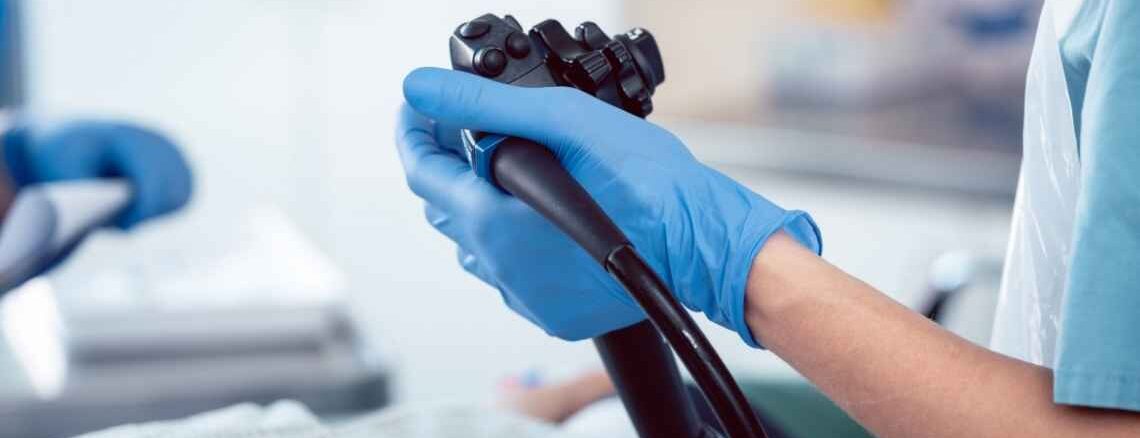
How is Urology Endoscopy Performed?
During a urological endoscopy, an endoscope—a long, thin tube with a light and camera at the tip—is used to examine the urinary tract and to diagnose and treat various conditions. In urology, endoscopic procedures are frequently used to evaluate the prostate, urethra, and bladder, and to diagnose conditions such as prostate, bladder, and bladder cancer. This article discusses various urological endoscopy procedures, their advantages and disadvantages, and what to expect before, during, and after the procedure.
Types of Urological Endoscopy Procedures
Urological endoscopy procedures can be used in several different ways to diagnose and treat various conditions. These steps include:
- Cystoscopy: During cystoscopy, an endoscope is used to look inside the bladder and urethra. In most cases, the procedure is used to identify and evaluate problems such as urinary tract infections, bladder cancer, and other conditions affecting the bladder and urethra.
- Prostate biopsy: During a prostate biopsy, a small tissue sample is taken from the prostate gland and examined for signs of cancer or other abnormalities. An endoscope may be inserted through the urethra or a small skin incision to perform the biopsy.
- Transurethral resection of the prostate (TURP): Using an endoscope inserted through the urethra, excess tissue is removed from the prostate gland during the TURP procedure. The procedure is typically used to treat an enlarged prostate or other issues that impair urinary function.
Benefits of Urological Endoscopy
- Minimally invasive: One of the main advantages of urological endoscopy is that it is a minimally invasive procedure, not requiring a major incision or a long recovery period. Local anesthetics are often used during endoscopic procedures, so the patient is awake but not fully conscious. The procedure is typically performed on an outpatient basis, allowing the patient to leave the hospital the same day.
- Accurate diagnosis: With the help of urological endoscopy procedures, a healthcare professional can visualize the urinary tract in detail and detect issues such as bladder cancer, prostate cancer, and other abnormalities. To confirm the diagnosis and select the most appropriate treatment method, the healthcare provider can use the endoscope to collect biopsy samples and perform additional diagnostic procedures.
- Effective treatment: Urological endoscopy procedures can also be used to successfully treat various urinary tract conditions. For example, by removing excess tissue from the prostate gland, TURP can improve urinary function while reducing the risk of complications such as urinary tract infections. A cystoscopy, for instance, can be used to remove bladder tumors or other abnormalities, improving symptoms and reducing the likelihood of further problems.
Drawbacks of Urological Endoscopy
- Risk of complications: Although urological endoscopy procedures are generally safe, there is a possibility of complications such as infection, bleeding, and urinary tract injury. While these complications are rare, they can be serious if they occur. Before undergoing a procedure, patients should discuss the potential risks and benefits with their healthcare provider.
- Not suitable for everyone: Procedures involving urological endoscopy may not be suitable for everyone, especially those with certain allergies or medical conditions. For example, the procedure may not be safe for people with bleeding disorders or allergies to certain medications. Before the procedure, patients should discuss their medical history and any concerns with their healthcare provider.
- Cost: The cost of urological endoscopy is another potential drawback. Endoscopic procedures can be expensive, and not all insurance plans cover them. It is important for patients to discuss the cost of the procedure with their healthcare provider and insurance company in advance and to consider any potential out-of-pocket expenses. Sometimes, patients may have access to more affordable or insurance-covered alternative treatment options.
Reference: ŞENEL, Ç., AYKANAT, C., & TUNCEL, A. (2018). Basic Urological Endoscopy: Cystourethroscope and Ureterorenoscope. Current Urology, 777.

Social Media